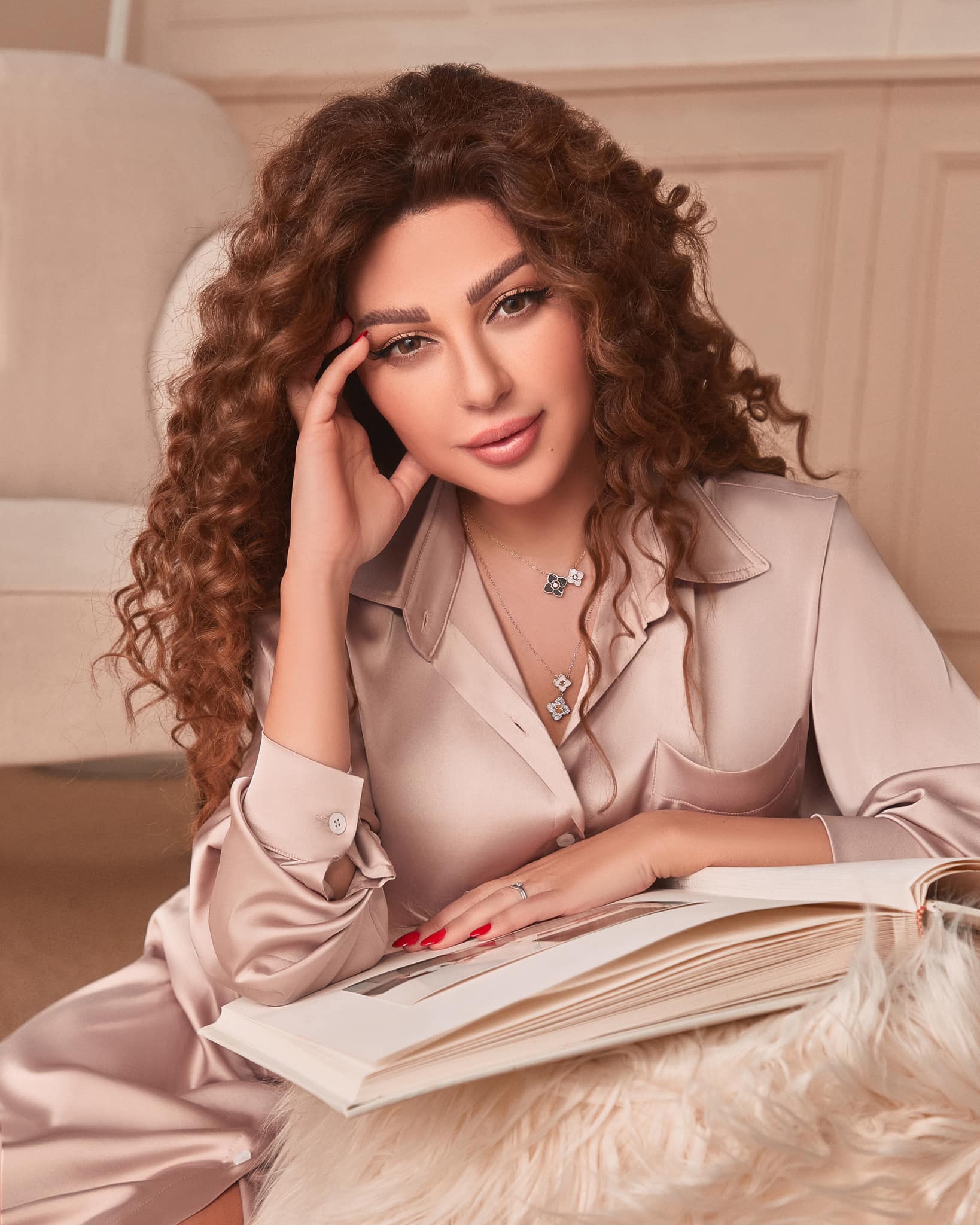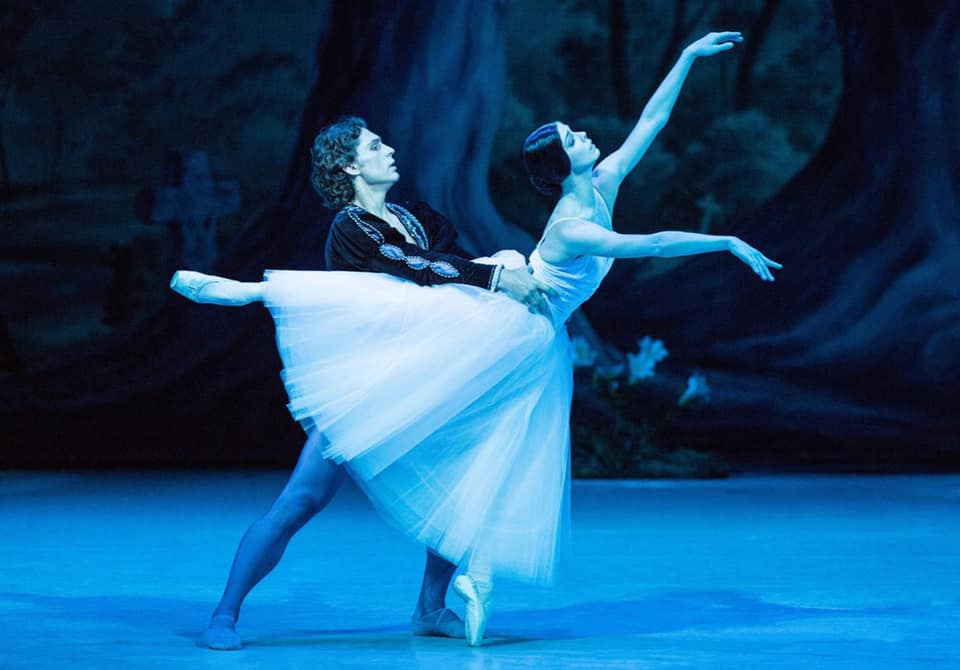The audience at the Darb 17/18 Culture Center was mesmerized by Alaa Breiqa as he swayed proudly in his galabeya and white turban while holding a stick in his right hand and moving his left shoulder to the rhythm of the beating drums, his finely sculpted Upper Egyptian features luminous with pride.
Breiqa, in his early twenties, is a member of the Stick Art Troupe at Minya’s Medhat Fawzi Center, first established in 1966 under the name of the Mallawi Center for Stick Dance. The center presents its performances within the framework of the Artbeat Festival, currently being held at the Darb 17/18, the Cairo Center for Jazz, Geneina Stage at the Azhar Park, and the Jesuit Center in Minya.
According to center managing director Ismail Hefnawi, El–Warsha Theater Troupe–led by Hassan el–Greitly and Medhat Fawzi–decided to establish a center for stick dance, which is widespread in Upper Egypt and dates back to the Pharaonic period, and which some feared was on the verge of extinction. “We attracted a number of folkloric dancers and musicians, as well as some of the masters of the dance who were still alive,” recalls Hefnawi.
As with all independent artistic troupes, the Medhat Fawzi Center suffers from a shortage of funds. At the beginning, the center depended on financing from El–Warsha Troupe, along with other donors. These donors, however, have squeezed their funding to the limit over the past four years. Still, the troupe continues to perform both in Egypt and in other countries, such as France, Brazil and Syria.
Over time, the center’s chief aim became the preservation of Upper Egyptian heritage, with an emphasis on reviving the use of popular musical instruments threatened with extinction. One of these instruments is the Kawala, which is played by Seddiq el–Dronki, who first fell in love with the instrument when he heard it being played by his visually-impaired philosophy teacher.
Since then, the kawala virtuoso has played with sheikhs, vocalists and other popular troupes at moulids and popular wedding parties. Eventually, Medhat Fawzi, after whom the center was named, invited el-Dronki to join the center for stick dance.
Ibrahim Mostafa, a dancer, says he performed with a folkloric troupe for over 15 years before joining the Medhat Fawzi Center upon its establishment. Mostafa recalls how he had been dazzled by the stick dance when he first saw it performed at moulids and weddings.
Mostafa notes that his move to the center has changed the way he is perceived; people now tend to view him as a fighter rather than dancer, since the ancient art form expresses man’s “masculinity and power.”
When Mostafa joins the other dancers on stage, one can’t help but get the feeling that the limestone Pharaonic statues–depicting dark-skinned men with linen belts and copper bracelets and brandishing their sticks in the air–have come to life to thrill modern audiences.




